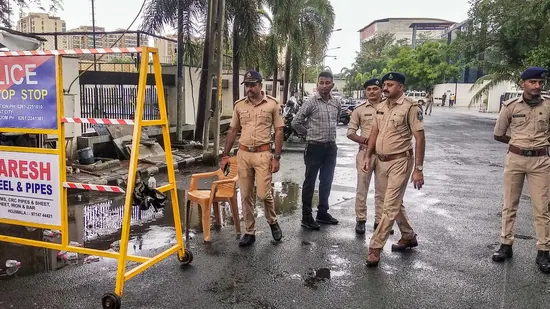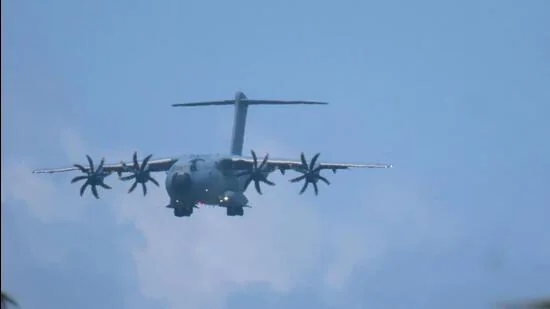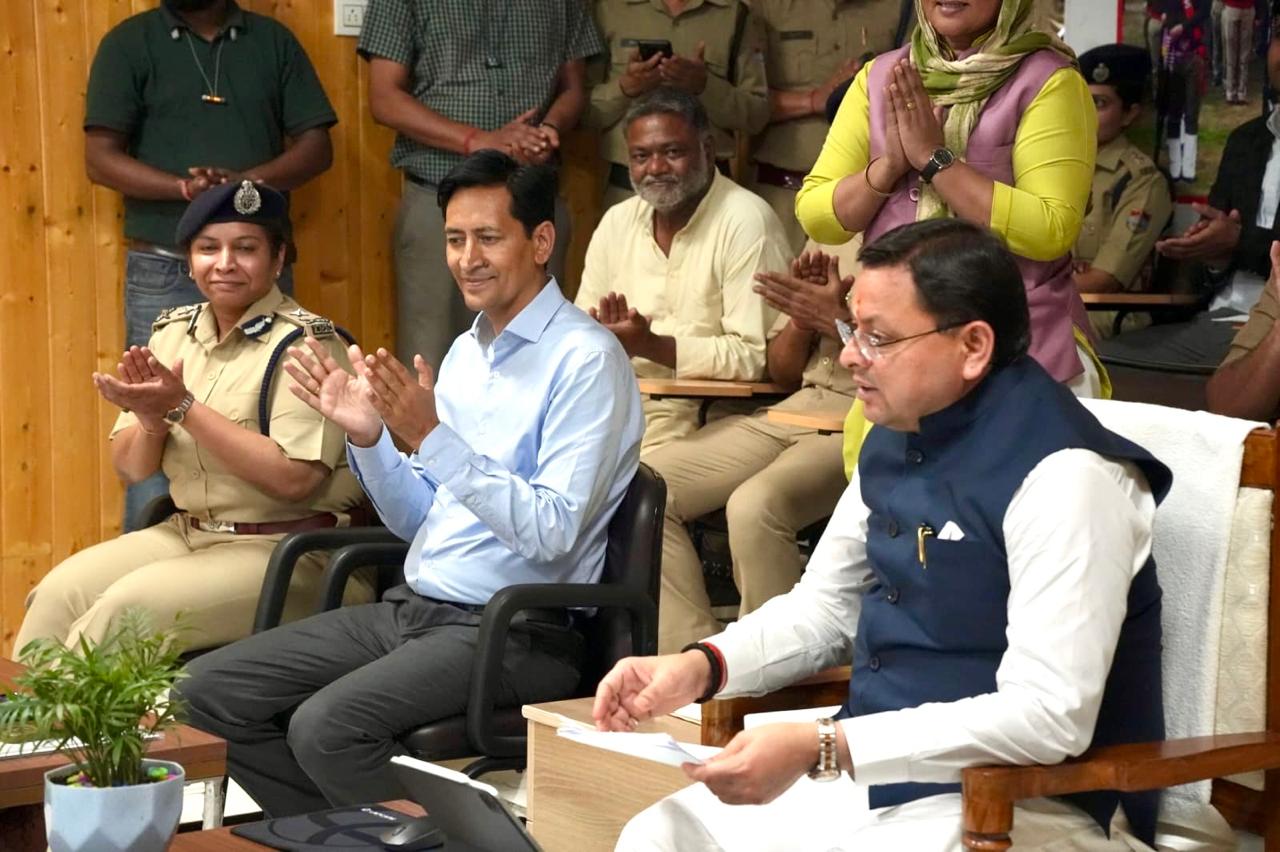Himalaya Harbinger, Rudrapur Bureau
The Indian Air Force (IAF) on Saturday struck eight military sites in Pakistan, including radar units and ammunition dumps, with air-launched precision weapons, in response to the neighboring military’s brazen attacks on India’s military infrastructure and civilian areas using fighter jets, unmanned combat aerial vehicles (UCAVs), and missiles, two military officials said during a special briefing on Operation Sindoor—India’s direct military response to the April 22 Pahalgam terror strike.
In a swift and calibrated response, the IAF struck military targets in Rafiqui, Murid, Chaklala, Rahim Yar Khan, Sukkur, Chunian, Pasrur, and Sialkot, the officials said, as hostilities between the two countries sharply escalated following Pakistan’s latest belligerent moves.
The Pakistani forces also targeted a series of airbases in Punjab with missiles after 1.40 am, the officials said. Medical centers and schools at three airbases in Jammu and Kashmir were also hit.
The night-long developments marked the fiercest clash between the two militaries since India launched Operation Sindoor in the early hours of May 7 and raised fears of a full-blown shooting war.
The targets hit by India included technical infrastructure, command and control centers, radar sites, and weapon storage areas, said Colonel Sofiya Qureshi, one of the officials cited above. The Indian forces carried out precision attacks only on identified military targets.
Pakistani military forces continued with their provocations, carrying out aggressive actions using multiple threat vectors all along the western border. They employed UCAVs, drones, long-range weapons, loitering munitions, and fighter jets to target civilian areas and military infrastructure. They also resorted to air intrusions using drones and fired heavy-caliber weapons along the Line of Control (LoC),” she said.
On Friday, India struck back at Pakistan after repelling Pakistani armed drone strikes at 26 locations in J&K, Punjab, Rajasthan, and Gujarat. Drones were sighted across a wide arc of locations—ranging from Baramulla and Srinagar in the north to Bhuj in the west—along both the international border (IB) and the LoC.
Air intrusions and several harassment attacks were attempted from Srinagar to Naliya in Gujarat at more than 26 locations, said Wing Commander Vyomika Singh, the second official. “Indian armed forces successfully neutralized these threats and the majority of the vectors. However, limited damage was sustained to equipment and personnel at IAF stations in Udhampur, Pathankot, Adampur, and Bhuj,” Singh said.
Foreign Secretary Vikram Misri also briefed the media alongside the two women officers. This was the fourth round of briefings on Operation Sindoor. India’s military strikes early on Saturday were a response to the escalatory and provocative actions of Pakistan, which is engaged in a “wanton campaign” of targeting civilians in J&K and Punjab, Misri said.
The Pakistani pattern of targeting civilian infrastructure emerged again in the early hours of Saturday.
“In a deplorable, cowardly act of targeting civilian infrastructure, Pakistan attacked the medical center and school premises at the airbases in Srinagar, Awantipora, and Udhampur,” she said.
The Pakistani military has been observed moving troops to forward areas, indicating its offensive intent to further escalate hostilities, the two officials said. “Indian armed forces remain in a high state of operational readiness. All hostile actions have been effectively countered and responded to appropriately. While carrying out these responses, India ensured minimum collateral damage,” Qureshi said.
Pakistan also attempted to execute a continued malicious misinformation campaign, claiming the destruction of Indian S-400 systems at Adampur, airfields at Suratgarh and Sirsa, a BrahMos base at Nagrota, an ammunition dump in Chandigarh, and artillery gun positions in a forward area, she said.
“India unequivocally rejects these false narratives being spread by Pakistan,” she said.
Misri also debunked Pakistan’s claims about destroying or damaging military installations, critical infrastructure, and power and cyber systems.
Pakistan attempted multiple air intrusions using drones along the LoC and fired heavy-caliber artillery guns at civilian infrastructure, killing some civilians. “A heavy exchange of artillery, mortar, and small-arms fire in Kupwara, Baramulla, Poonch, Rajouri, and Akhnoor sectors continued. The Indian Army has responded effectively and proportionately, causing extensive damage to the Pakistan Army,” Qureshi added.
The Indian armed forces reiterate their commitment to non-escalation, provided it is reciprocated by the Pakistan military, the officials added.
At 5 a.m. on Saturday, Pakistani forces launched multiple Byker YIHA III kamikaze drones across the IB towards Amritsar, in a brazen attempt to strike populated residential areas, people aware of the matter said. “The Indian Army’s air defense network detected, tracked, and engaged the hostile drones within seconds of breaching Indian airspace,” said one of the sources.
Quick-reaction air defense guns were used to shoot down the drone swarm, the sources said.
On Friday, Pakistan targeted 36 locations inside India with 300 to 400 Turkish-origin armed drones and used civilian airliners as shields to attack military sites, prompting New Delhi to strike Islamabad’s air defense systems at four locations.










